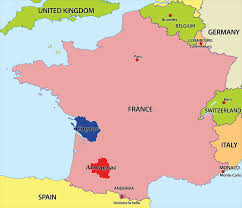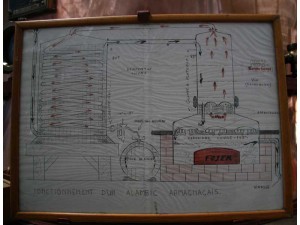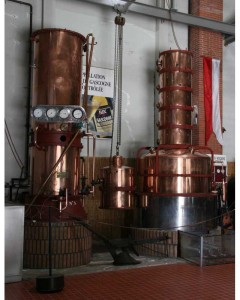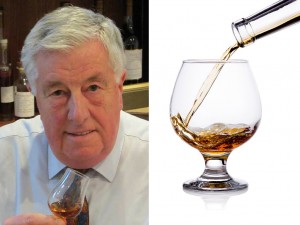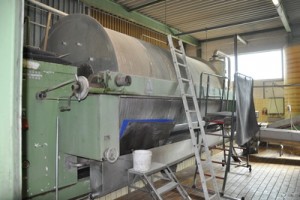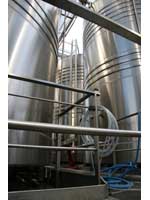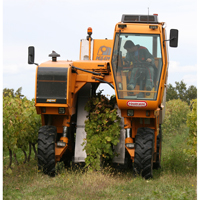Tasting Cognac
During an average drinking year, we knock back all manner of different beverages without giving thought to what we have tasted, or when. Each drink we consume provides us with a completely different experience. Most are as memorable as getting out of bed each morning but none are as exciting as the sheer thrill provided by a vintage brandy. Even when we drink a glass of fine brandy do we ever give any thought as to the glass and aroma of its contents? So often we hear the words “it tastes the same out of any glass” but the experience of using the correctly glass can be hugely different. Specialist glass manufacturers devote years of research to finding the right shape for our enjoyment, perhaps we should use their experience and try to understand more about tasting cognacs?
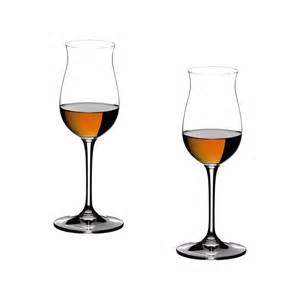 The ideal cognac or indeed spirit glass has a wide bowl which tapers at the top, we call it a tulip shaped glass. More than 50% of the enjoyment of any brandy is in the aroma which subconsciously enhances the taste. Having the correct shaped glass allows the cognac to be rolled around the bowl releasing aromas which are then concentrated at the top of the glass. This maximum sensory effect of the glass’ contents can then be enjoyed.
The ideal cognac or indeed spirit glass has a wide bowl which tapers at the top, we call it a tulip shaped glass. More than 50% of the enjoyment of any brandy is in the aroma which subconsciously enhances the taste. Having the correct shaped glass allows the cognac to be rolled around the bowl releasing aromas which are then concentrated at the top of the glass. This maximum sensory effect of the glass’ contents can then be enjoyed.
Filling the glass to just over half way up the bowl is sufficient to allow the cognac to be gently rolled around the sides and reach as far up the glass as possible thereby exposing the greatest surface area. It is important however to remember that cognacs, like other spirits, are strong. Unlike wine they should never be swirled around the glass as this releases the alcohol which then sits on the surface of the brandy and blinds the very important aroma.
Of course drinking the golden nectar is the all-important test of appreciation. Taste is improved slightly if the cognac is not cold but brandy warmers are completely unsuitable. They are shaped to accept a brandy balloon glass, which is not good for tasting, and they also drive the alcohol away from the brandy thereby spoiling the taste. Indeed, the ideal temperature of cognac for tasting is room temperature. Remember, we don’t take large mouthfuls of brandy as we would do with wine. A small mouthful quickly reaches body temperature allowing the flavours to permeate all over the mouth. A well-known cognac writer once said that he “chewed” the spirit, it was good advice since this helps to distribute the liquid around the mouth and determine the level of balance. Tasting great cognacs such as our Hermitage 43 Year Old or 1914, to name but two, in this manner would give a lasting memory of the skills and generations who have devoted their lives to making the King of all Spirits.
Read more Technical Topics on our Brandy Education Page.

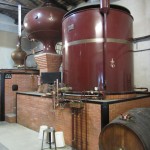
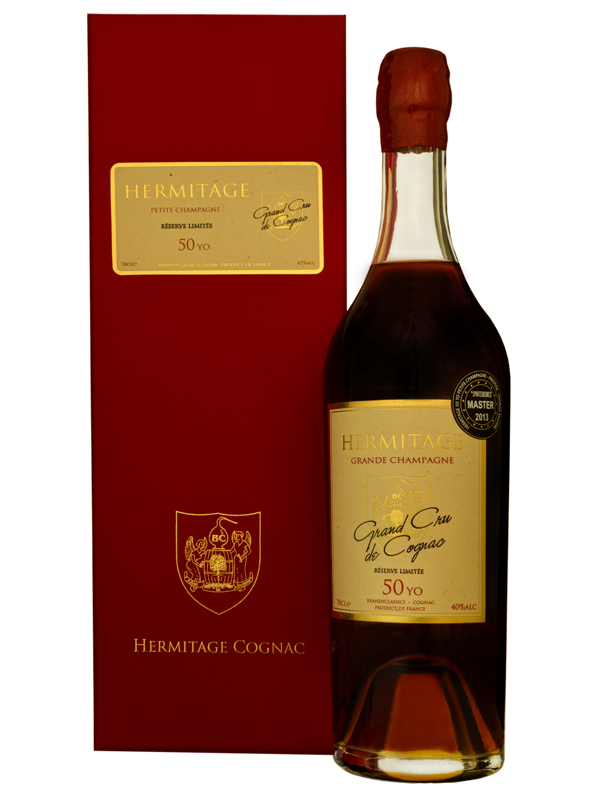
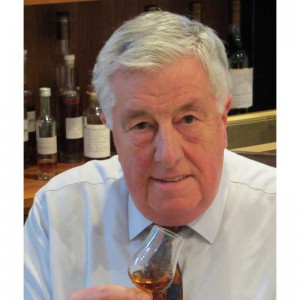
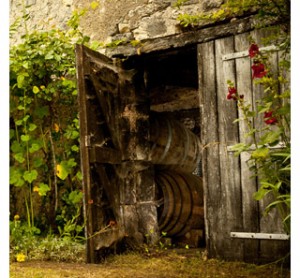
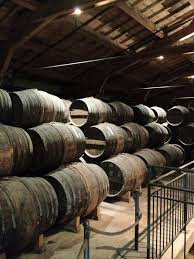
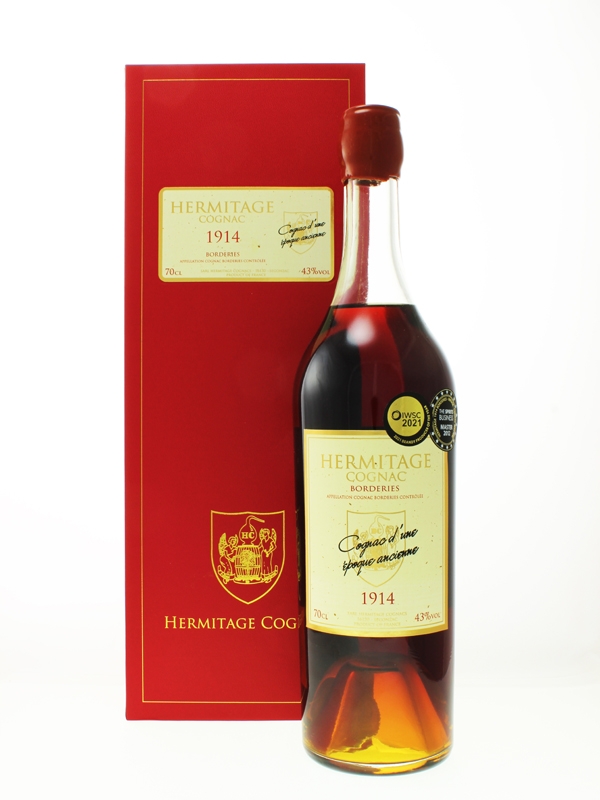
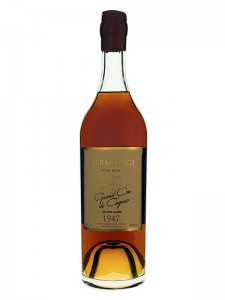
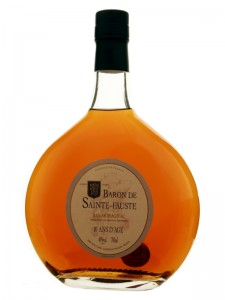
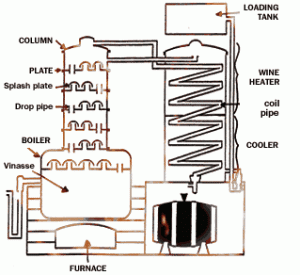
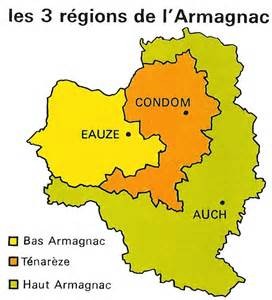
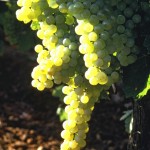
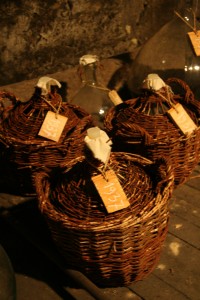 Even with this reduced vineyard area, demand and production in the 1960s started to grow again. Sales in the domestic market grew faster than exports and mainly comprised young, cheap brandies. This resulted in little being left in the barrels to sell in later years as vintage armagnacs but interest in the fruity brandy had begun to develop. By the start of the 1980s production had risen to nearly 35,000 hectolitres of pure spirit, a level that by 1990 had nearly doubled to 60,000 hl pure. The Armagnaçais had started to realise the many benefits of their spirit over their competitors.
Even with this reduced vineyard area, demand and production in the 1960s started to grow again. Sales in the domestic market grew faster than exports and mainly comprised young, cheap brandies. This resulted in little being left in the barrels to sell in later years as vintage armagnacs but interest in the fruity brandy had begun to develop. By the start of the 1980s production had risen to nearly 35,000 hectolitres of pure spirit, a level that by 1990 had nearly doubled to 60,000 hl pure. The Armagnaçais had started to realise the many benefits of their spirit over their competitors.